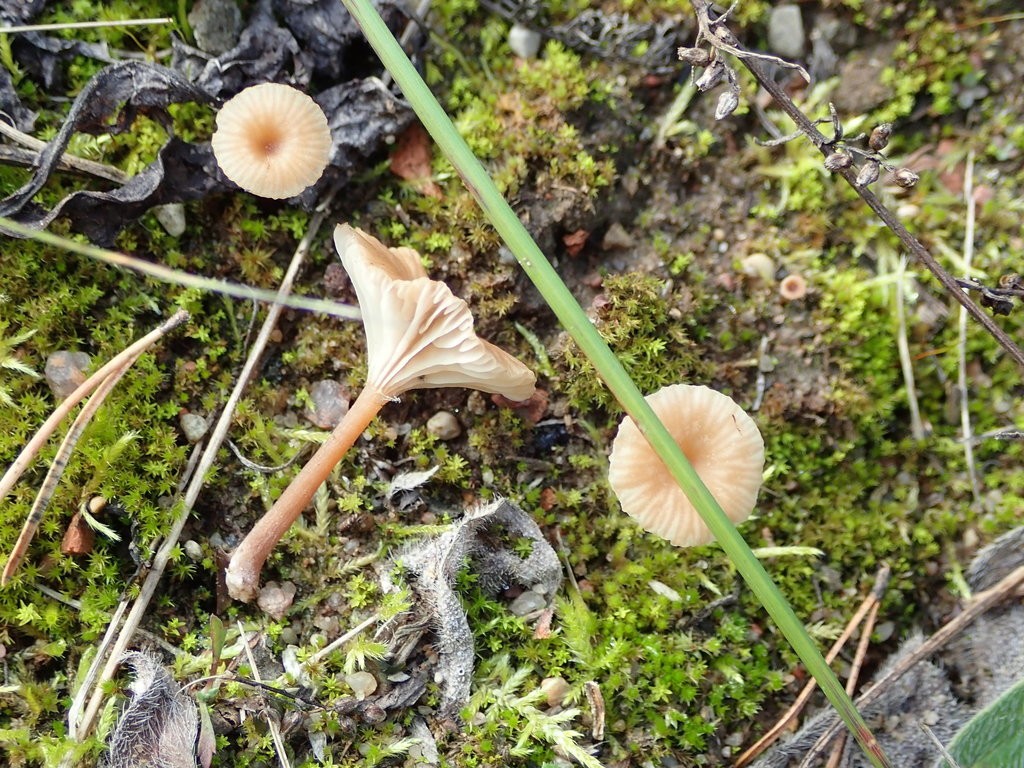Omphalina
Scientific name: Omphalina
Omphalina
Scientific name: Omphalina
 Photo By Jurga Motiejūnaitė , used under CC-BY-NC /Cropped and compressed from original
Photo By Jurga Motiejūnaitė , used under CC-BY-NC /Cropped and compressed from original Description
Omphalina represent a fascinating group of small, often brightly colored fungi found both on the ground and on decaying wood. Many species form symbiotic relationships with algae, creating lichens. They play a crucial role in nutrient cycling in forest ecosystems, breaking down organic matter to enrich the soil. With their distinctively shaped caps and gills, these organisms add vibrancy and diversity to their natural habitats.
Species of Omphalina
Scientific Classification
Phylum
Club fungi Class
Mushroom-forming fungi Order
Gilled fungi Family
Pale-spore mushrooms Genus
Omphalina